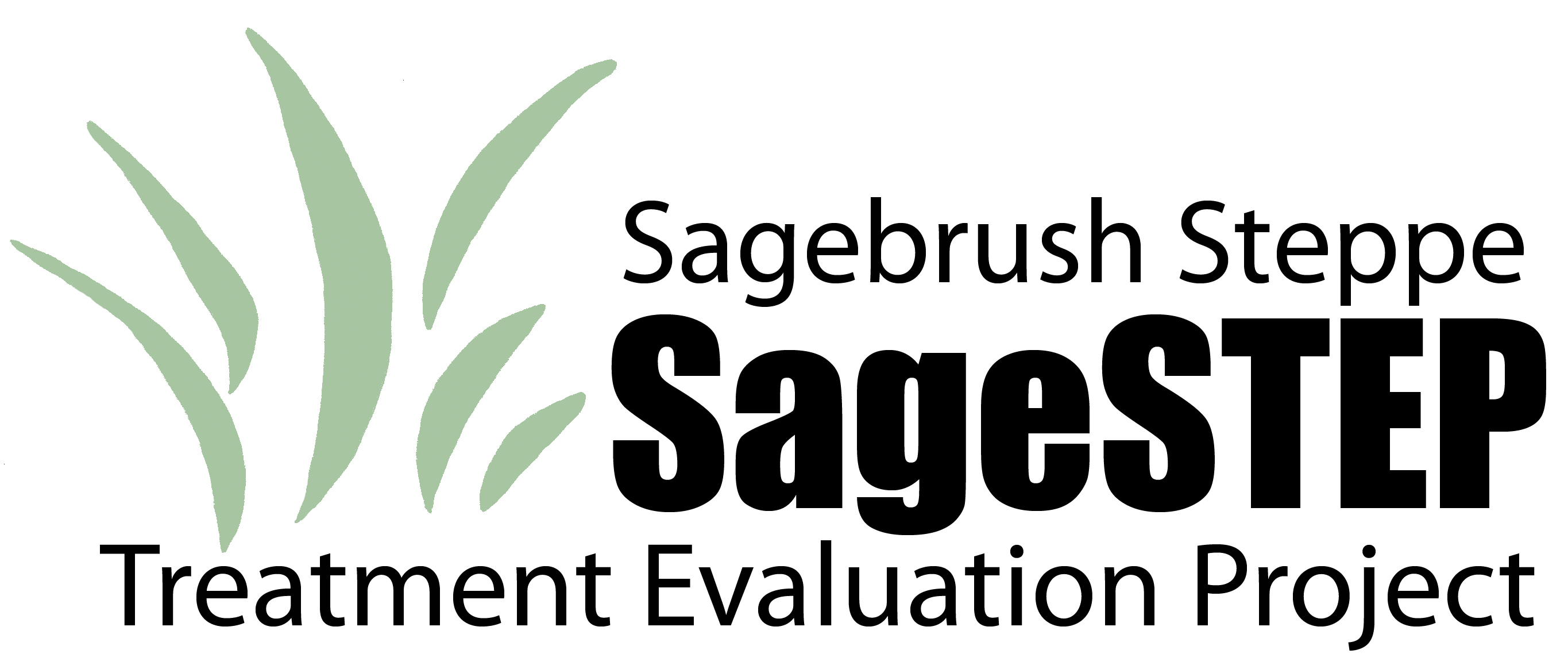Seed and Seedling Ecology of Artemisia Tridentata in a Restoration Context
Document Type
Dissertation
Degree Name
Doctor of Philosophy (PhD)
Department
Plants, Soils, and Climate
First Advisor
David A. Pyke
Second Advisor
Patricia S. Muir
Third Advisor
Michael M. Borman
Publication Date
9-7-2011
Abstract
The semi-arid sagebrush steppe ecosystem is one of the largest biomes in North America. The steppe provides critical habitat and forage for wildlife and is economically important to recreation and livestock industries. However, the ecosystem is threatened primarily due to several negative effects associated with expansion of the exotic annual grass Bromus tectorum (cheatgrass). Because of these changes rehabilitation of the habitat is extremely difficult and energy intensive. Restoration of one of the foundation species, Artemisia tridentata (big sagebrush), is a function of seed availability, seed germination, seedling establishment and mature plant survival. Many studies have addressed various aspects of A. tridentata seed germination and mature plant ecophysiology, but gaps in our knowledge include seed bank dynamics and biotic interactions that may hinder seedling survival.
The prevalence of large fires in B. tectorum-invaded habitat limits availability of dispersed seeds in the interior of burned areas, leaving pre-existing viable seeds in the soil seed bank as the primary natural seed source. I investigated seed longevity of two A. tridentata subspecies over a 2-year period by retrieving seed bags that were placed at varying depths and sampling soil and litter fractions of the existing seed bank across six locations in the Great Basin. Artemisia tridentata ssp. wyomingensis and A. t. ssp. vaseyana exhibited patterns of a steadily decreasing abundance of viable seeds on the surface and beneath litter, with 100% loss of surface seed viability in 24 months. However, 29-36% (A. t. ssp. wyomingensis) and 30-40% (A. t. ssp. vaseyana) of buried seeds remained viable throughout the duration of the experiment. Abundance of naturally occurring seeds varied considerably among locations and between years across the Great Basin for both subspecies. Loss of viable seeds from the existing seed bank between post-dispersal and pre-dispersal the following season was higher in magnitude for A. t. ssp. wyomingensis soil fractions compared to litter fractions, and higher overall than for A. t. ssp. vaseyana.
Access to resources is critical during early spring when resources are plentiful, and this access affects the probability of survival through the summer drought period. Artemisia tridentata resource acquisition may be adversely affected during this time via root interaction mechanisms that are not mediated through resources (interference competition). I examined whether and how root interactions affected growth of A. t. ssp. wyomingensis by forcing its roots to interact with roots of conspecifics, B. tectorum, Elymus wawawaiensis (Snake River wheatgrass), and Agropyron xhybrid (cultivar 'Hycrest'). Activated carbon was used to counteract any potentially negative effects of root exudates. Artemisia tridentata above- and belowground biomass was not affected when grown with E. wawawaiensis or A. xhybrid compared to control seedlings, but root growth rate and branching density decreased when grown with B. tectorum (root growth: p < 0.01; branching density: p = 0.07). These effects did not occur in potting media amended with activated carbon but may have been the result of unintentional fertilization. Roots of A. tridentata seedlings changed direction or stopped growing altogether more often when grown into roots of conspecific seedlings than when contacting roots of other species (p = 0.08). The odds of this occurring decreased when seedlings were grown in activated carbon-amended potting medium. These results suggest that A. tridentata may have a chemical signaling mechanism to avoid roots of conspecifics.
I also assessed whether root and shoot competition (resource-mediated or exploitative competition) of the three grass species affected A. t. ssp. wyomingensis seedling growth and survival, and whether root and shoot competition interacted to affect growth. Size-asymmetric competition takes place when a resource is preempted by a larger individual over a smaller individual, and the larger individual receives a disproportionately larger share of the resource for its relative size. Following wildfires, B. tectorum cover can increase significantly more than that of other species, potentially promoting asymmetric aboveground competition between it and A. tridentata seedlings. Root and shoot competition from B. tectorum lowered A. tridentata biomass dramatically compared to that of control seedlings, with shoot competition alone decreasing growth by over 80%. Only full competition from E. wawawaiensis tended to decrease A. tridentata growth compared to control seedlings, while A. xhybrid had no significant effect at all seedling growth. Bromus tectorum had an average of 92% cover and may explain why shoot competition from this species had such a substantial effect, whereas cover of E. wawawaiensis and A. xhybrid was 71% and 43%, respectively. Root and shoot competition did not interact for any of the grasses, indicating that there was no mechanism for positive or negative feedbacks between one form of competition and the other. Competition from shoots is likely not severe enough for asymmetric light competition to occur.
The first study provides land managers with a bet-hedging application while the others offer insight into why the seedling life history stage, already vulnerable, has become more so with B. tectorum invasion. Reseeding techniques promoting burial of some A. tridentata seeds in the soil seed bank may increase restoration success by hedging against the potential for failure of establishment in the initial year of seeding. Selective thinning or removal of potential competitors may be required to benefit resource status of A. tridentata seedlings before the summer drought period commences. This is especially important in areas that are dominated by B. tectorum as competition from the annual reduces A. tridentata root growth substantially and may impact its ability to take up soil resources.
Recommended Citation
Wijayratne, Upekala C., "Seed and Seedling Ecology of Artemisia Tridentata in a Restoration Context" (2011). Theses and Dissertations. 6.
https://digitalcommons.usu.edu/sagestep_etd/6
Copyright for this work is retained by the student. If you have any questions regarding the inclusion of this work in the Digital Commons, please email us at .



